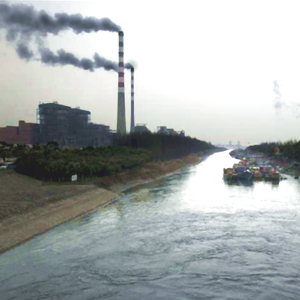Toxic metals come from the combustion of coal, fuel, household waste, etc. And certain industrial processes.
They are generally in the form of particles (except mercury which is gaseous).
Metals accumulate in the body and cause toxic effects of short and / or long duration.
Exposure to high concentrations may affect the nervous system, kidney, liver, respiratory functions.

AirQuality
National Air Quality Monitoring Network
Lead and other toxic metals Pb, Cd, As and Hg
Lead and other toxic metals Pb, Cd, As, Ni and Hg
1.General characteristics

2. Methods of measurement
Reference method for measurement of Pb, As, Cd and Ni is stipulated in SR EN 14902 Ambient air quality. Standardized method for the determination of Pb, Cd, As and Ni in the PM10 fraction of particles in suspension. The reference method for the measurement of total gaseous mercury in the ambient air is provided in the SR EN 15852 The quality of air. Standardized method for the determination of total gaseous mercury. 3. rules
3. Norms
| Law no. 104 of June 15, 2011 Lead - Pb |
|
| threshold | 0.5 g / m3 - the annual limit for the protection of human health |
| Law no. 104 of June 15, 2011 As, Cd and Ni |
|
| arsenic | 6 ng / m3 - the target value for the total content of the PM10 fraction averaged over a calendar year. |
| Cadmium | 5 ng / m 3 - the target value for the total content of the PM10 fraction averaged over a calendar year. |
| Nickel | 20 ng / m 3 - the target value for the total content of the PM10 fraction averaged over a calendar year. |
Air quality alerts
News